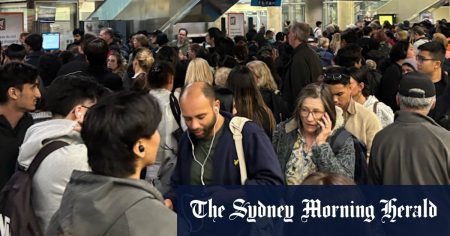NSW public schools receive baseline funding from the state government in addition to funds as per the Resource Allocation Model (RAM) which provides for students based on disability support, Aboriginality, small schools and socio-economic adjustments. Educational economist Adam Rorris noted that schools in less advantaged areas receive more public funding, but factors like school size can also impact funding levels. In affluent areas, students in private schools may be more likely to obtain special provisions for conditions like dyslexia and ADHD, resulting in higher funding levels. UK researchers have observed a similar trend where children from richer homes are more likely to be diagnosed with these conditions.
The proportion of school children diagnosed with a social-emotional or cognitive disability has been rising, with about one in four students enrolled in the NSW school system in 2023 having some sort of disability. Studies conducted in the UK have found that children in wealthy areas are more likely to be diagnosed with dyslexia and ADHD. Centre for Independent Studies researcher Glenn Fahey highlighted the lack of transparency around how funding is distributed to schools, with no school-by-school data available to parents about how resources are used to support their children.
Clinical psychiatrist Dr. Lisa Myers emphasized the significant costs associated with obtaining assessments for conditions like ADHD, autism, and dyslexia, which may not be accessible to all families. She called for equal funding for schools to address the prevalence of students with these diagnosis. A spokesperson for CAR stated that the government was considering changes to how public schools are funded in order to ensure support goes where it is needed most. Negotiations are ongoing with the Commonwealth government to increase funding to meet the schooling resourcing standard.
The federal government currently funds 20 percent of the schooling resourcing standard, with NSW in negotiations to increase this to 25 percent. The schooling resourcing standard was created in 2011 to estimate the public funding needed for schools to meet educational needs. The government is looking to improve funding distribution following the “Local Schools, Local Decisions” policy of the former Liberal-National government. Overall, there is a focus on ensuring that all schools receive adequate funding to support students with disabilities and other needs effectively.















